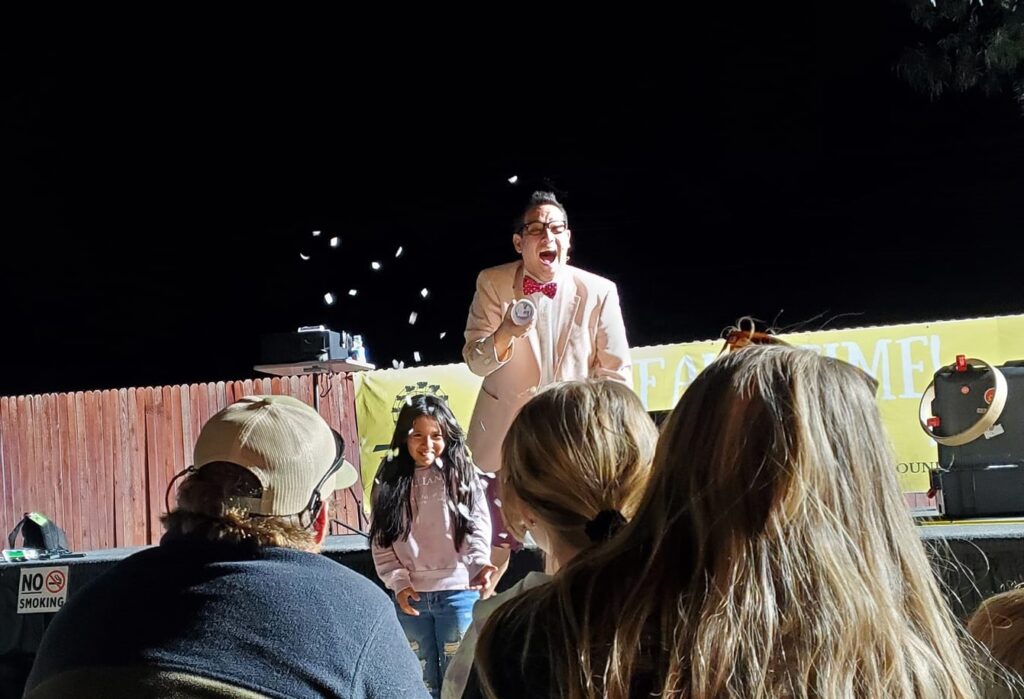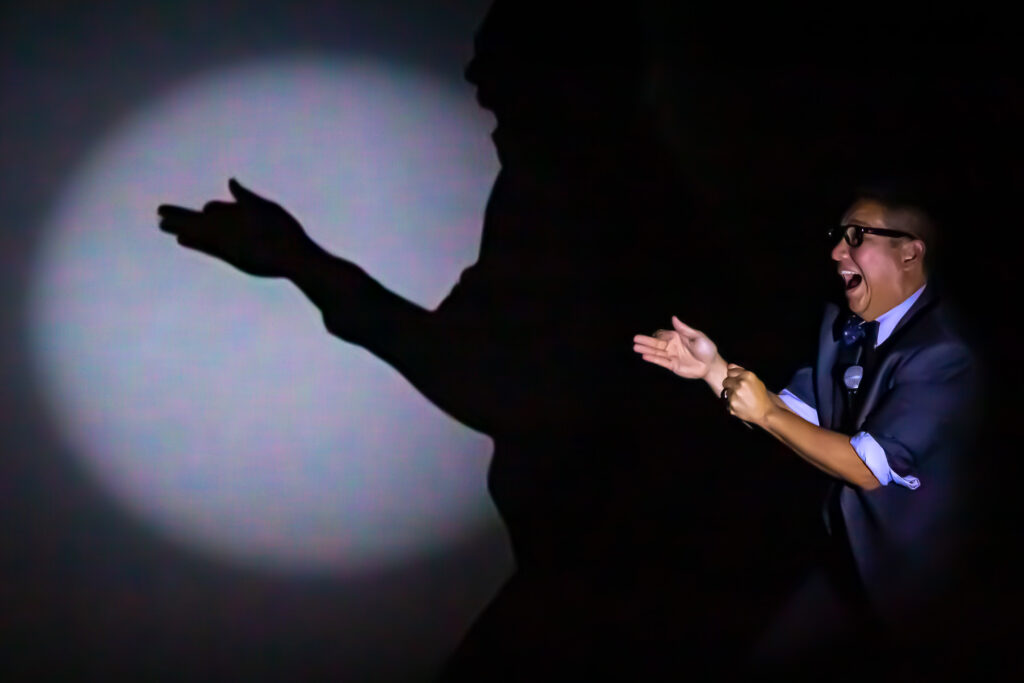Years ago I heard Jerry Seinfeld in an interview talk about how comics say they should have fun on stage. Jerry’s thought was you shouldn’t have fun, you should be working your butt off onstage. What I think he was getting at was that there’s actual work at being a comedian. There’s a lot more than simply going up there and having fun.
I totally agree with him, you should always be working onstage, that doesn’t mean you can’t have fun or play while you’re up there. Sure there are some acts where looking like having fun isn’t what they’re going for, but the majority of acts aren’t that.
One thing I try to is to look like I’m having fun, and it’s usually easy because I am having fun.

The audience can feel it when you’re having a good time!

Working your ass off on stage can be fun!
-Louie

